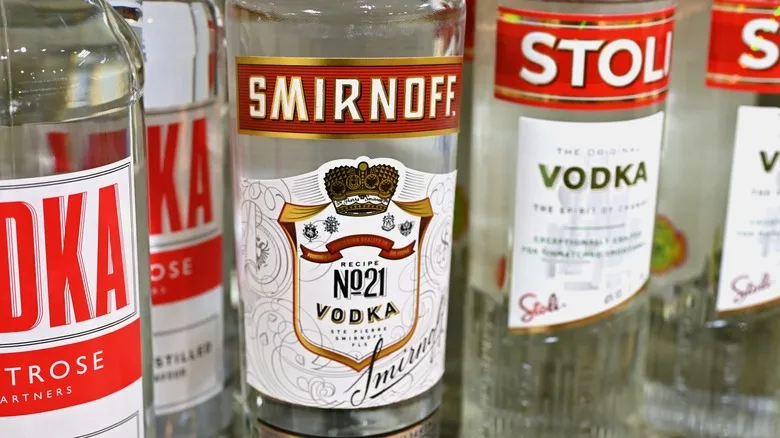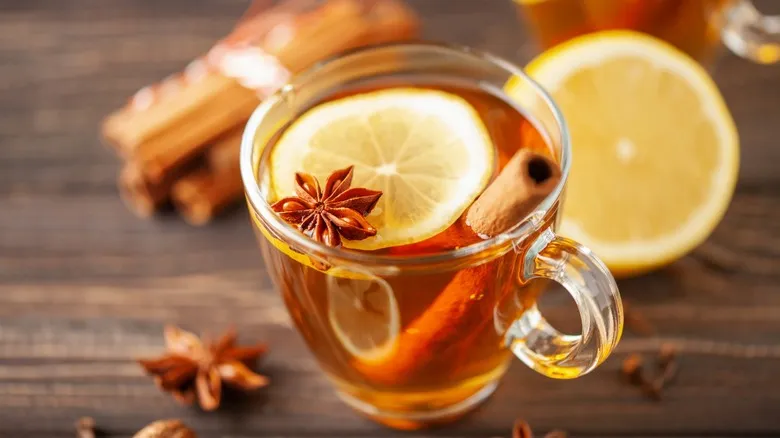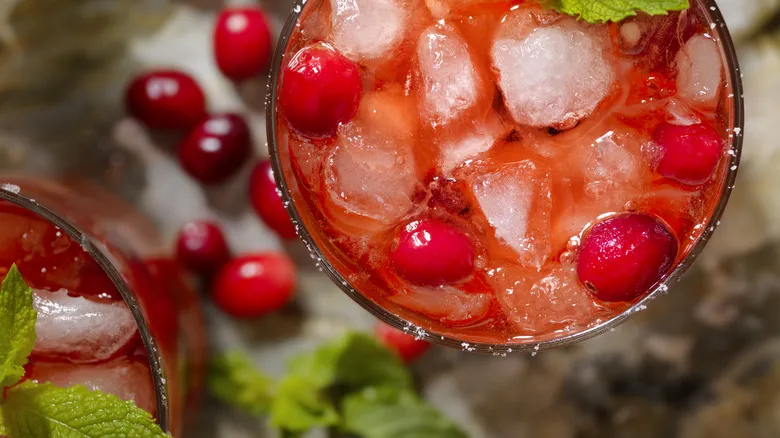How distilled vodka becomes gluten-free

The initial stage of vodka production involves creating a mash from cereal grains, typically wheat or rye, which undergoes fermentation to generate ethanol. Following this, the mixture is filtered to eliminate the mash and any impurities. Although gluten remains in the filtered mixture, it is subjected to distillation, where it is heated. During this process, molecules with lower boiling points vaporize. This vapor is then collected, cooled, and transformed into pure distilled vodka. Notably, gluten particles are vaporized during distillation. Many brands choose to distill their vodka multiple times to enhance its purity, offering a variety of gluten-free options, including both premium and budget-friendly choices that experts recommend.
According to federal regulations for gluten-free labeling, a product must contain fewer than 20 parts per million of gluten proteins to be labeled as gluten-free. This means that a vodka can be marketed as gluten-free even if it contains trace amounts of the protein. Some companies enhance the flavor of their vodka by adding a small amount of the mash, flavorings, or other ingredients after distillation. While this can improve the taste, it may also reintroduce gluten into the final product. Additionally, gluten can inadvertently contaminate vodka if it is produced in a facility that also processes gluten-containing products. To ensure a vodka is entirely gluten-free, opt for brands that use corn or potato mash instead of wheat, barley, or rye.
Is there gluten in flavored vodka?

Vodka can be infused with natural and artificial flavorings, or it can be flavored by incorporating natural ingredients such as berries, spices, herbs, and fruits. The gluten-free status of a vodka product depends on the flavoring agents used. While many brands of flavored vodka are gluten-free, some natural and artificial flavorings may be derived from gluten-containing bases like wheat or rye.
Smoke flavoring is one of the few flavors that may raise concerns for those avoiding gluten, along with anything containing malt. Both smoke and malt flavorings are often produced using barley flour, which can contain trace amounts of gluten. If your flavored vodka includes these, you will likely see wheat, barley, or rye listed in the ingredients, as mandated by the U.S. Department of Agriculture, which requires these ingredients to be explicitly stated on labels rather than grouped under "natural flavors."
Additionally, many flavored vodkas incorporate coloring to enhance their visual appeal, such as red for berry-flavored varieties or vibrant blue for tropical options. Most artificial colorings are gluten-free, but be cautious with caramel coloring. The leading manufacturer of caramel coloring, DD Williamson, utilizes wheat, corn, and beets in some of its U.K. facilities. However, in North and South America, gluten and wheat are not used in the production of caramel color.
Recommended

The Best Rum Cocktails To Enjoy During The Colder Months

Batching Your Cocktails Will Help You Be The Host With The Most At Your Next Party

Expert-Approved Tips For Mixing Alcohol With Apple Cider

What's The Difference Between A Sea Breeze And A Bay Breeze Cocktail?
Next up

